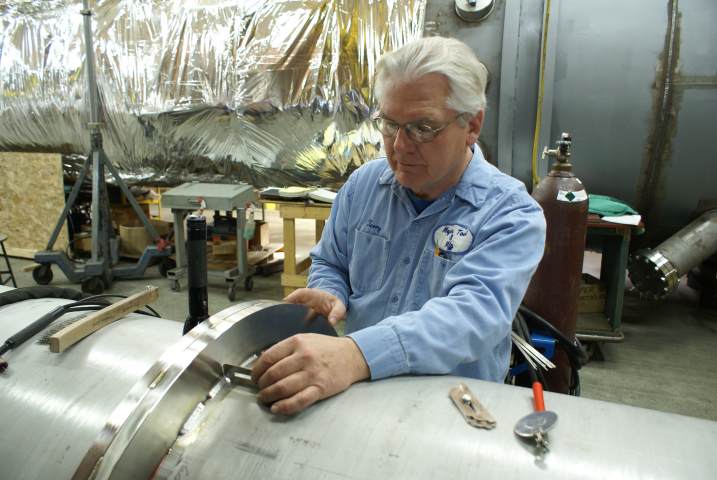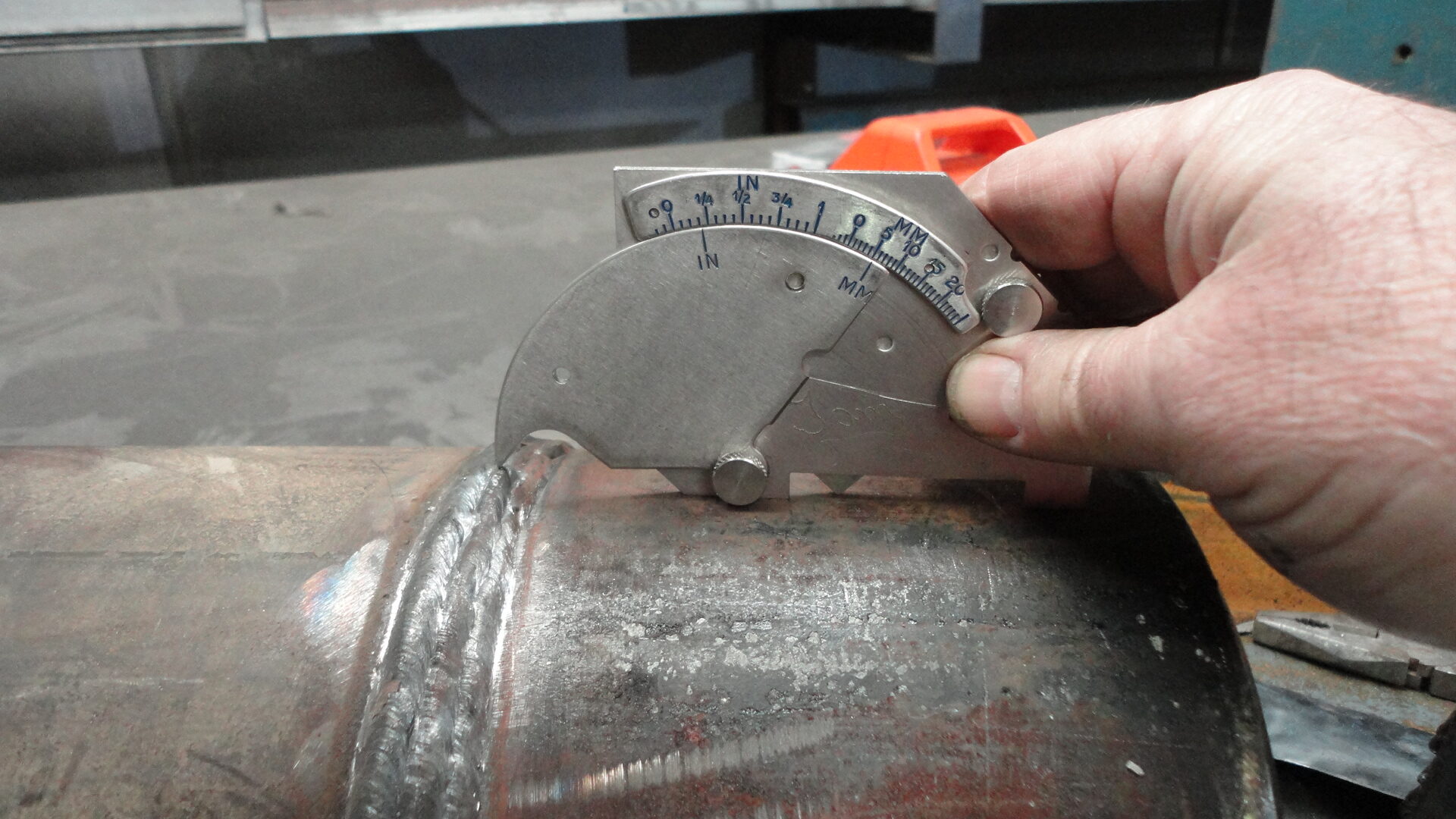Precision Matters: Welding Inspection Service for Flawless Welds
Precision Matters: Welding Inspection Service for Flawless Welds
Blog Article
The Crucial Kinds Of Welding Solutions Every Sector Need To Learn About
From the typical yet dependable arc welding to the precision of laser beam of light welding, each approach supplies distinct benefits and applications that drive the effectiveness and top quality of manufacturing. As sectors evolve and demand for cutting-edge services grows, being well-versed in these welding methods is not just helpful yet essential for remaining affordable and meeting sector criteria.
Arc Welding
Arc welding is a commonly utilized welding procedure that utilizes an electric arc to sign up with metal elements with each other. This approach prevails in numerous markets because of its versatility and performance in producing strong and sturdy welds. The process includes developing an electrical arc in between the base steel and a consumable electrode, typically constructed from a comparable product. As the arc heats the workpieces, they thaw and fuse together, developing a strong joint upon cooling.
One of the essential advantages of arc welding is its capability to bond a large range of steels and alloys, making it appropriate for diverse applications. Furthermore, arc welding can be carried out making use of various variations, such as secured steel arc welding (SMAW), gas steel arc welding (GMAW), and flux-cored arc welding (FCAW), each offering certain advantages depending upon the task requirements.
Furthermore, arc welding is understood for its simpleness and cost-effectiveness, making it a favored choice for several producers and manufacturers. By mastering the numerous techniques and tools related to arc welding, specialists can produce high-grade welds successfully and accurately.
Gas Steel Arc Welding (GMAW)

Among the crucial advantages of GMAW is its capability to produce tidy welds with minimal splatter, making it appropriate for applications that need a high degree of precision. Furthermore, GMAW is relatively simple to discover and can be automated for enhanced productivity in industrial setups. With proper strategy and equipment setup, GMAW can produce strong, premium welds that fulfill market criteria. Generally, GMAW is a versatile welding process that uses performance, versatility, and integrity for a variety of welding applications throughout various sectors.
Gas Tungsten Arc Welding (GTAW)
Gas Steel Arc Welding (GMAW) uses exceptional welding efficiency, and in a similar way, Gas Tungsten Arc Welding (GTAW) brings a different collection of benefits to the table in the realm of site here welding services (Welding Inspection Service). GTAW, additionally referred to as Tungsten Inert Gas (TIG) welding, is a functional and high-quality welding procedure generally utilized in industries such as aerospace, auto, and production

One of the essential benefits of GTAW is its capacity to produce top notch, precise welds on a selection of metals, consisting of light weight aluminum, stainless steel, and copper alloys. This process permits greater control over the welding arc, leading to clean, spatter-free welds with marginal post-weld cleaning required.
GTAW is also preferred for its capacity to weld slim products without triggering bending or distortion, making it perfect for applications where aesthetic appeals and precision are important. more helpful hints Furthermore, the TIG welding procedure can be used with or without filler steel, supplying flexibility in welding different joint kinds and thicknesses.

Resistance Welding
An extensively used welding method in numerous industries because of its effectiveness and performance is Resistance Welding. This technique entails signing up with 2 metal items by applying stress and passing a current via them. The heat generated by the electrical resistance at the joint triggers the materials to fuse together. There are a number of sorts of resistance welding, including area welding, joint welding, and projection welding, each fit for particular applications.
Spot welding is commonly made use of in the auto industry for signing up with sheet metal parts. Forecast welding is appropriate for welding nuts, bolts, or various other fasteners onto metal parts.

Laser Beam Welding
Using an extremely concentrated laser beam of light to sign up with and melt steel parts, laser beam welding is a specific and effective welding method frequently used in various sectors. This sophisticated method supplies several benefits, consisting of marginal distortion, high welding speeds, and the capability to weld materials with high accuracy.
Laser light beam welding functions by routing a laser beam at the work surface, which creates a molten pool that integrates the products with each other upon solidification. The process is non-contact, implying there is no requirement for the welding tool to touch the workpiece, reducing the risk of contamination or damages. Additionally, the focused beam of light enables for deep weld penetration and narrow weld seams, making it suitable for applications needing high accuracy and strength.
Industries such as automotive, aerospace, electronic devices, why not check here and clinical device manufacturing frequently count on laser beam welding for its capacity to create high-quality welds with minimal heat-affected areas. As modern technology continues to advancement, laser welding is anticipated to play a progressively substantial duty in the manufacture of intricate parts throughout different sectors.
Verdict
To conclude, comprehending the essential sorts of welding services such as Arc Welding, Gas Steel Arc Welding (GMAW), Gas Tungsten Arc Welding (GTAW), Resistance Welding, and Laser Light beam Welding is crucial for every sector. Each of these approaches plays a special function in the production and building and construction procedures, making certain strong and sturdy connections for different products. By being mindful of these welding solutions, sectors can make informed decisions regarding which method best fits their details needs.
From the traditional yet reliable arc welding to the precision of laser beam of light welding, each method uses unique advantages and applications that drive the effectiveness and high quality of production.Arc welding is a widely made use of welding procedure that utilizes an electric arc to join metal parts with each other.Gas Metal Arc Welding (GMAW) is an extremely reliable and commonly made use of welding process in numerous sectors for signing up with steel components together utilizing a shielding gas and a consumable electrode. There are several types of resistance welding, consisting of area welding, joint welding, and estimate welding, each fit for specific applications.
In conclusion, comprehending the vital kinds of welding solutions such as Arc Welding, Gas Metal Arc Welding (GMAW), Gas Tungsten Arc Welding (GTAW), Resistance Welding, and Laser Beam Welding is essential for every industry. - Welding Inspection Service
Report this page